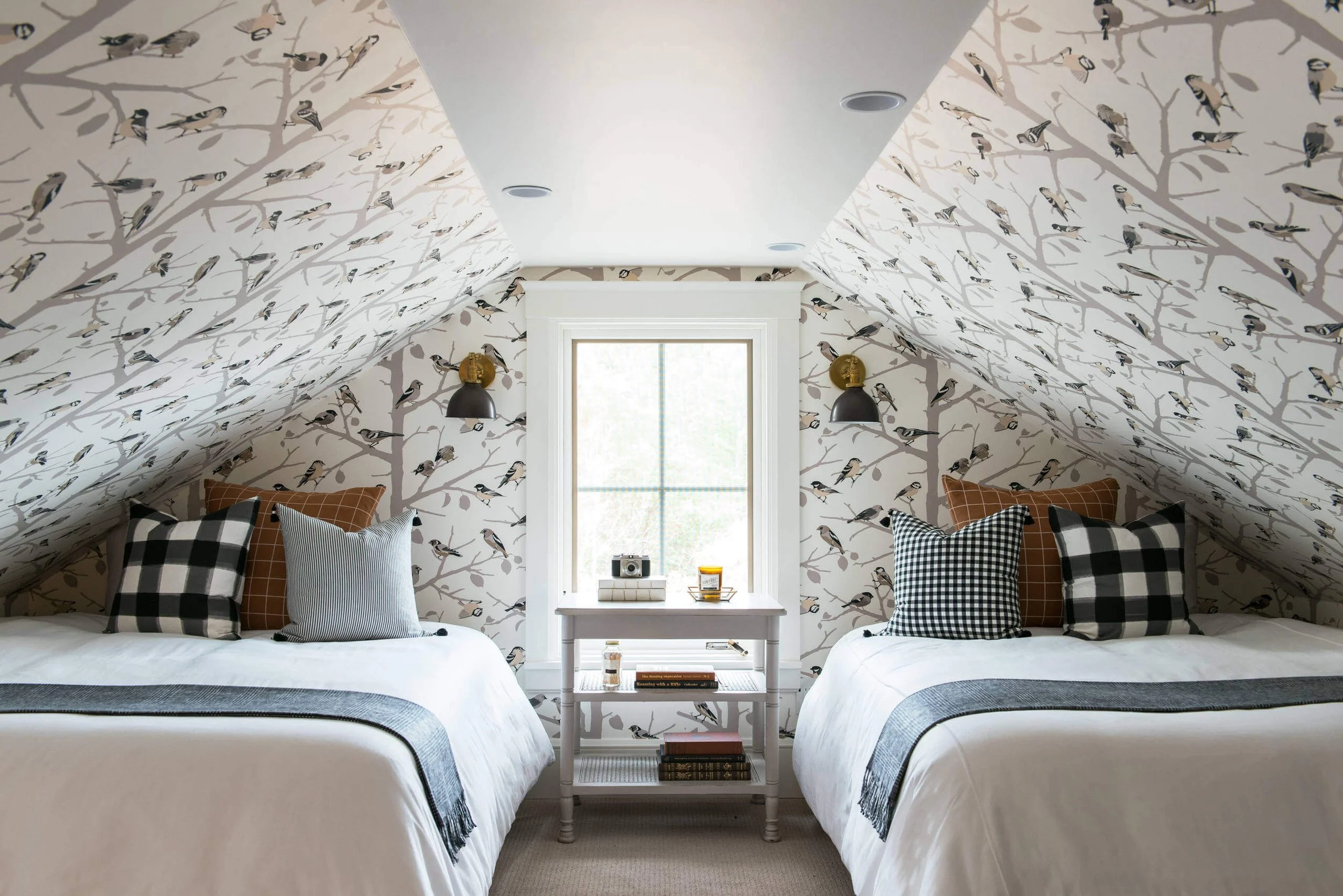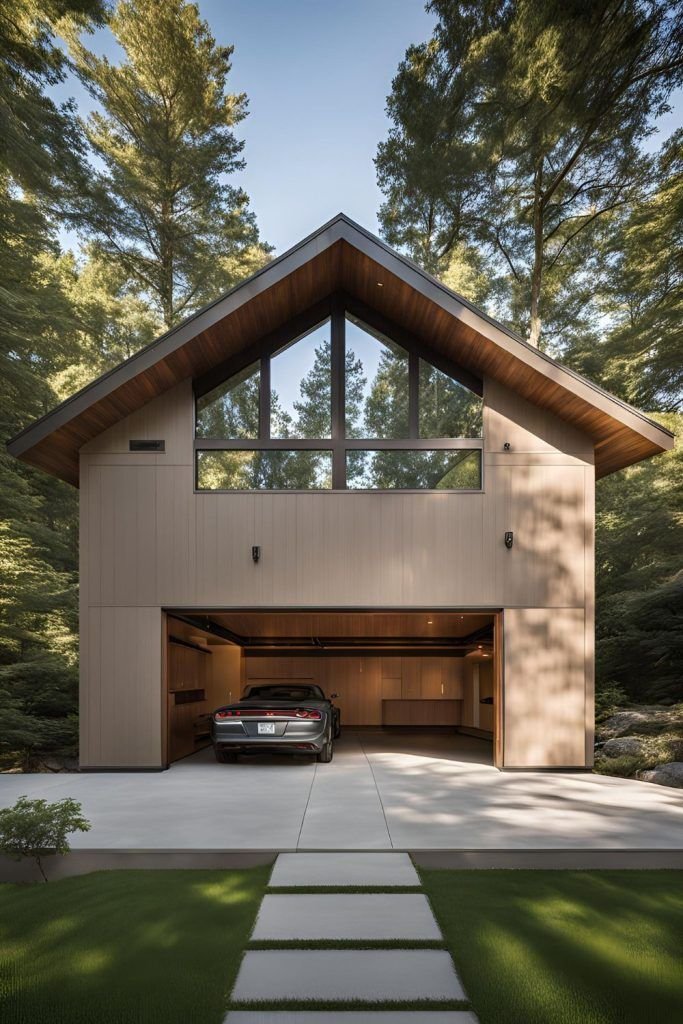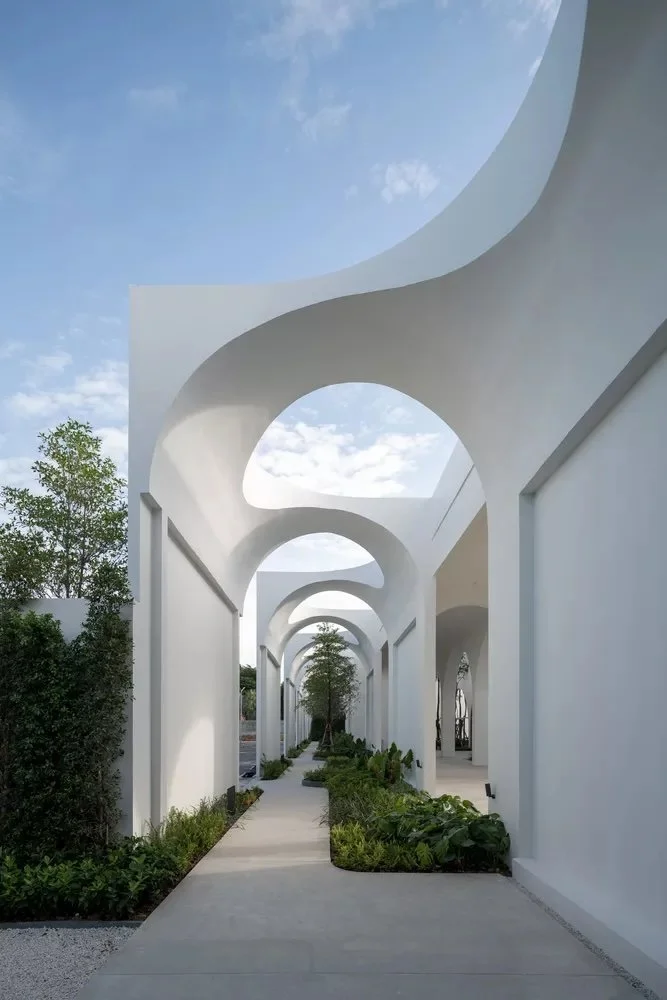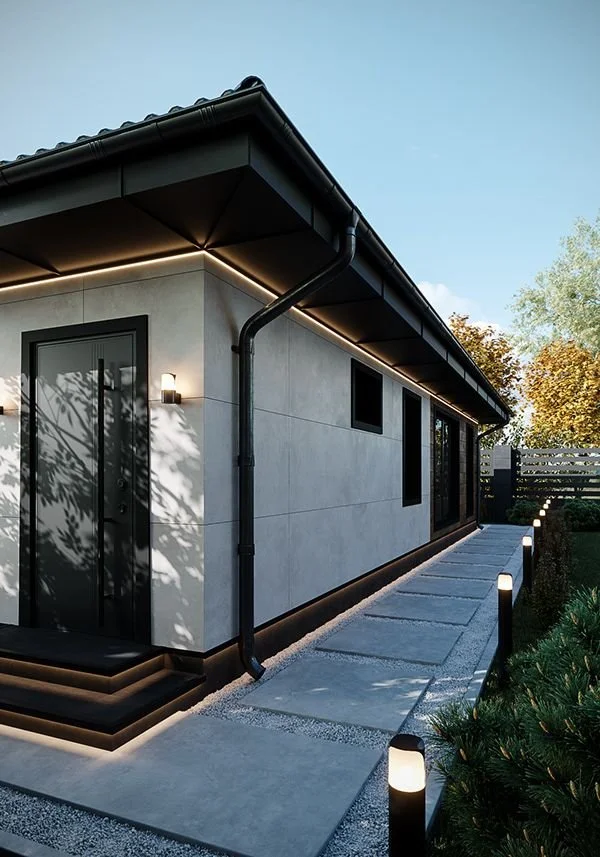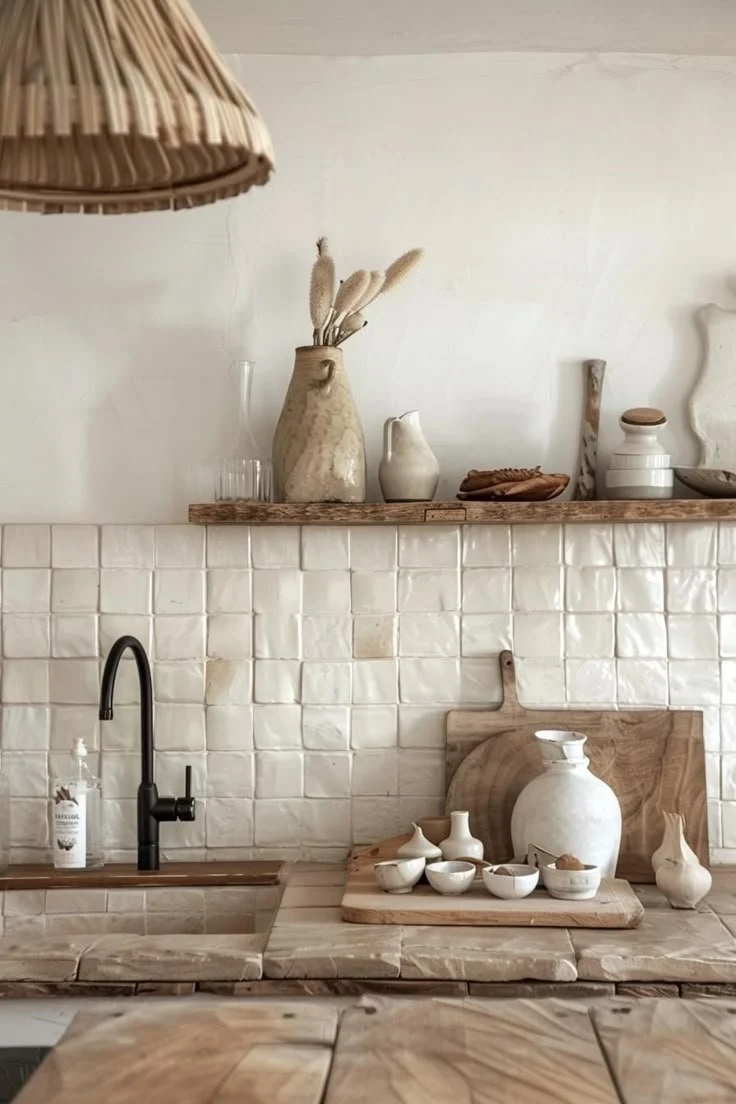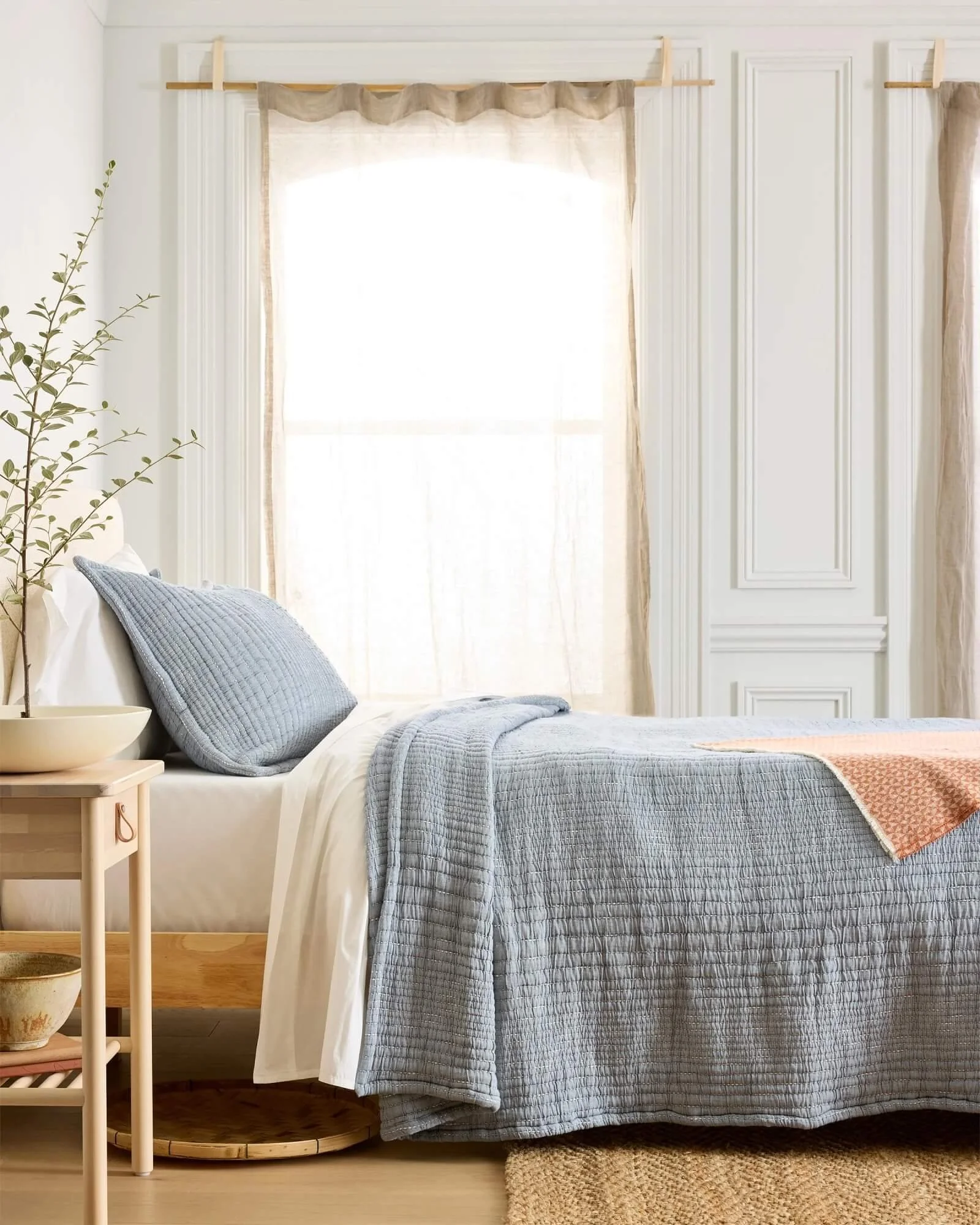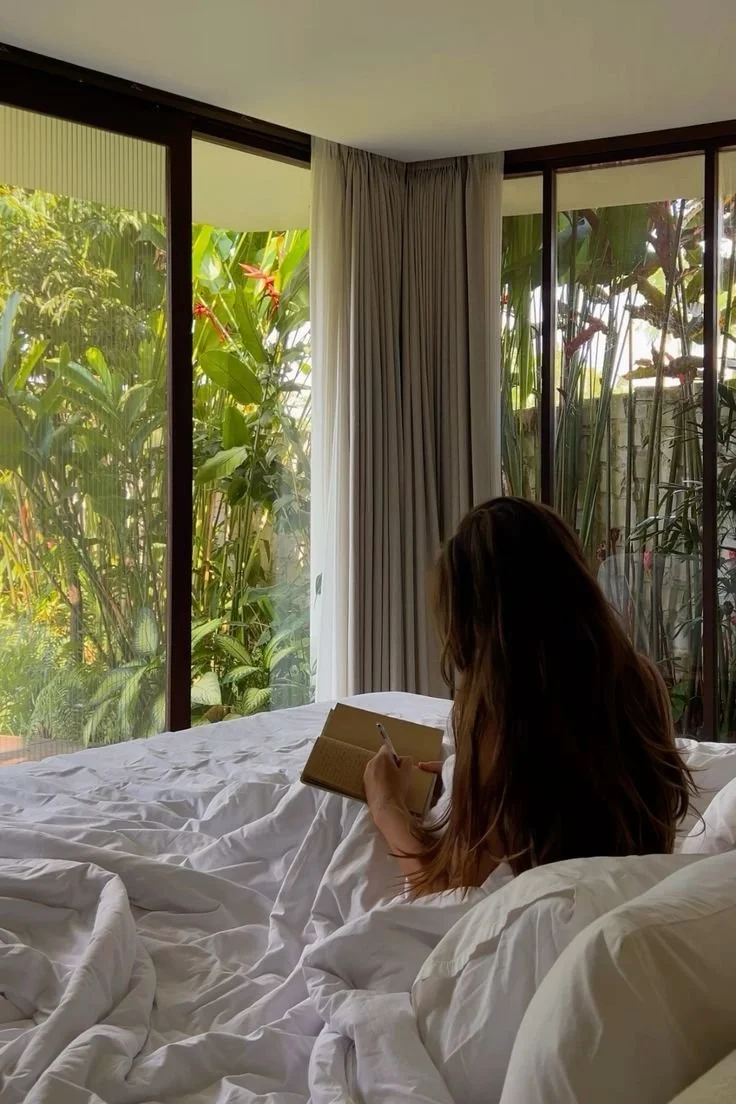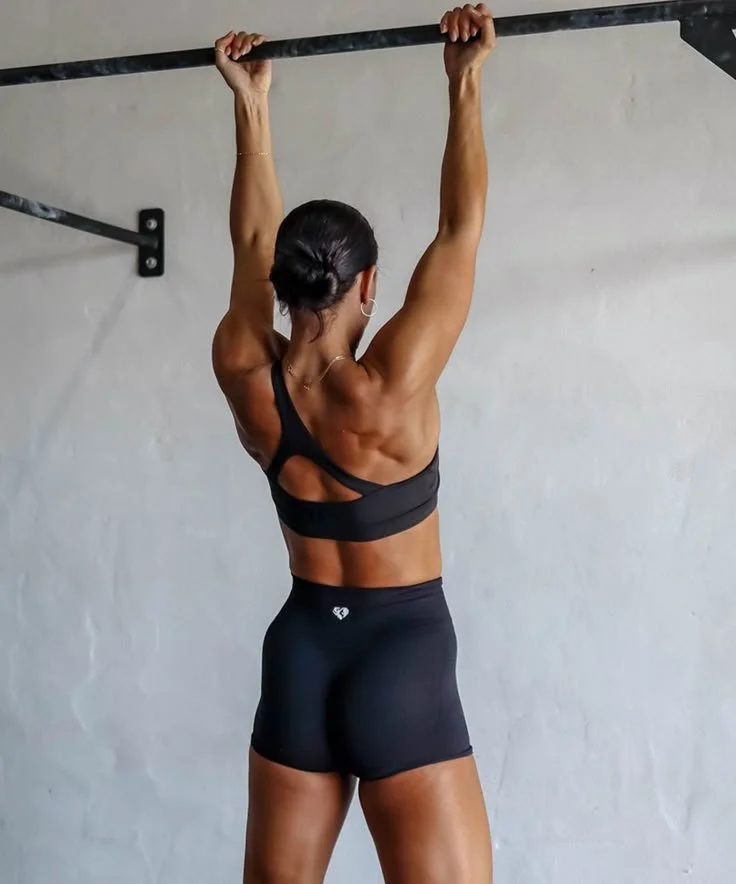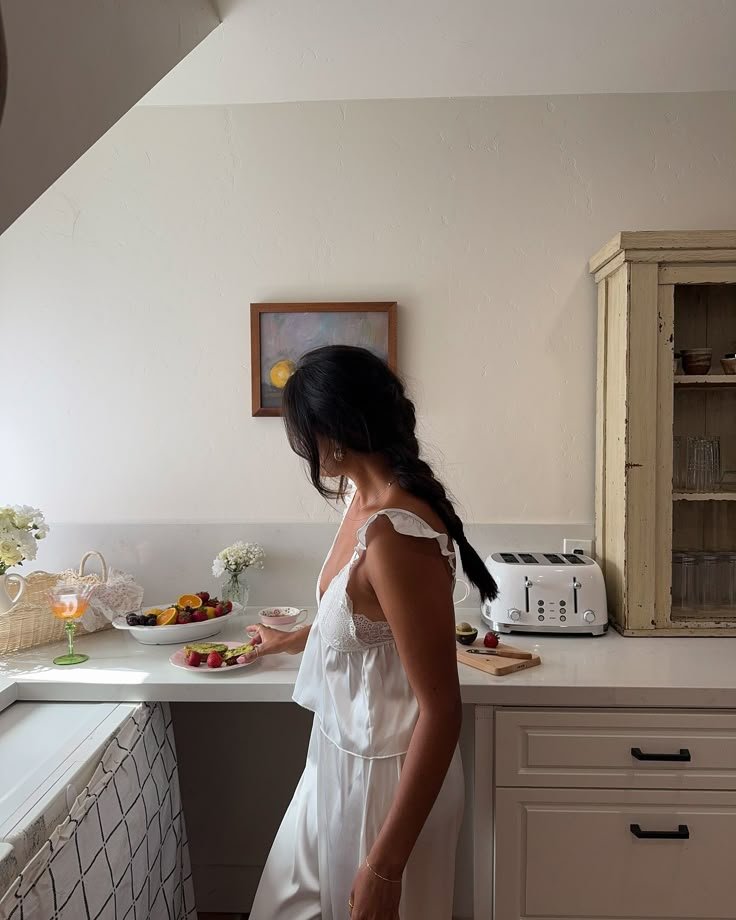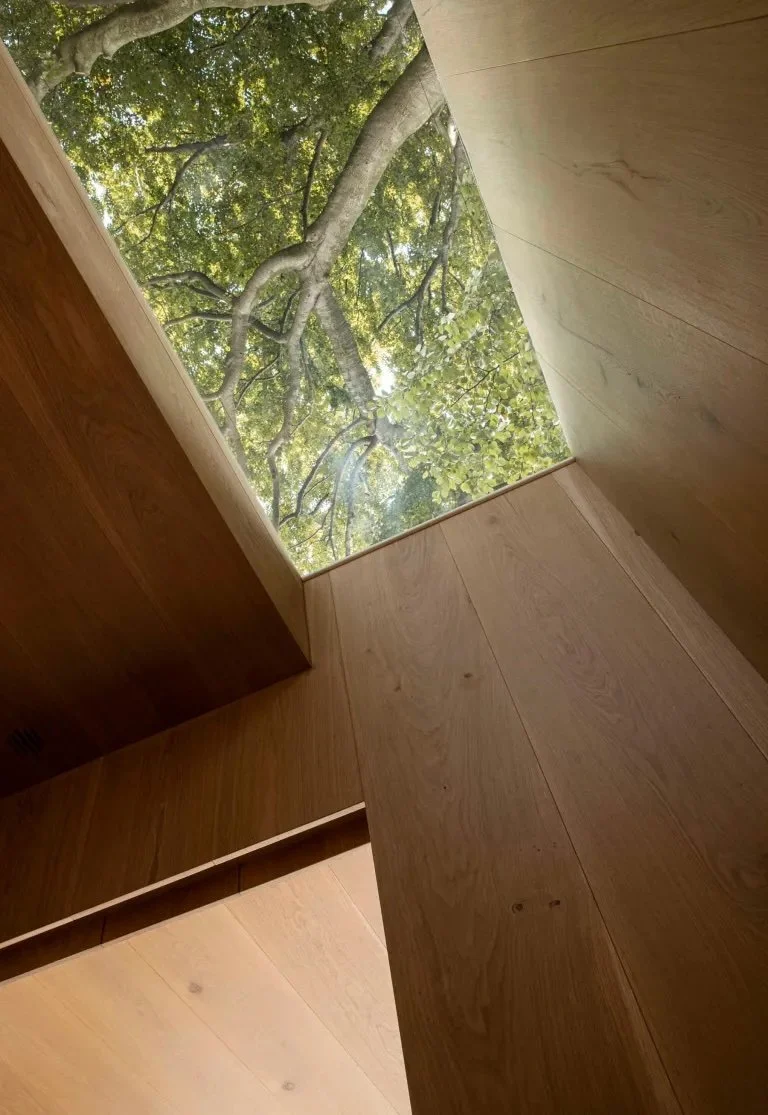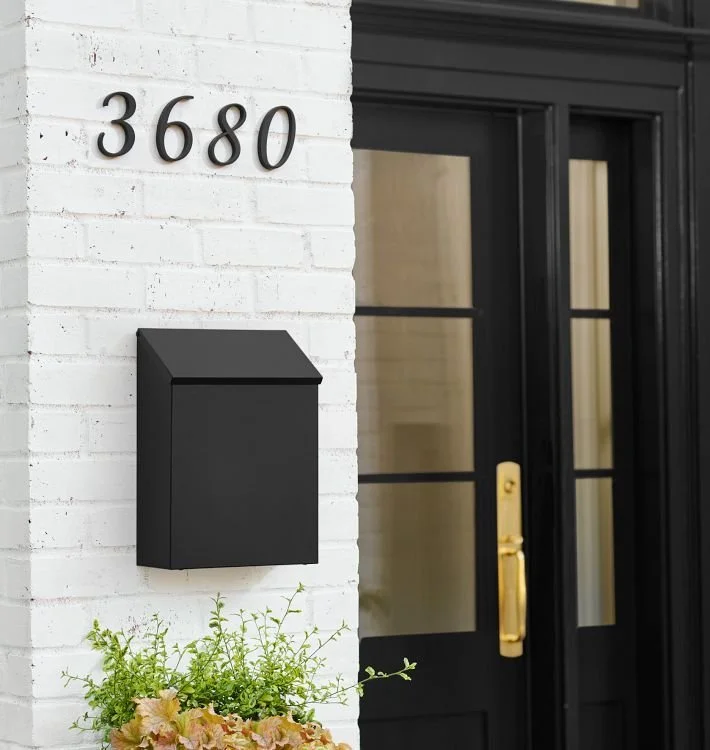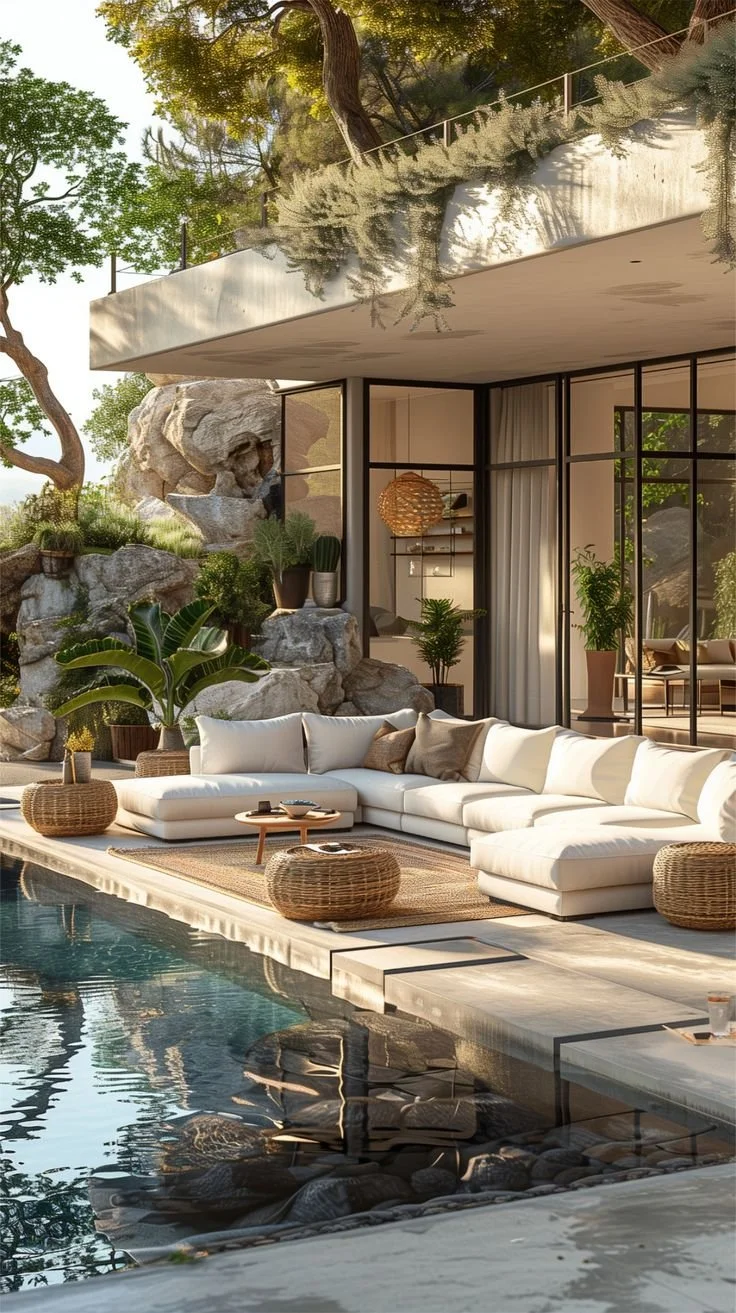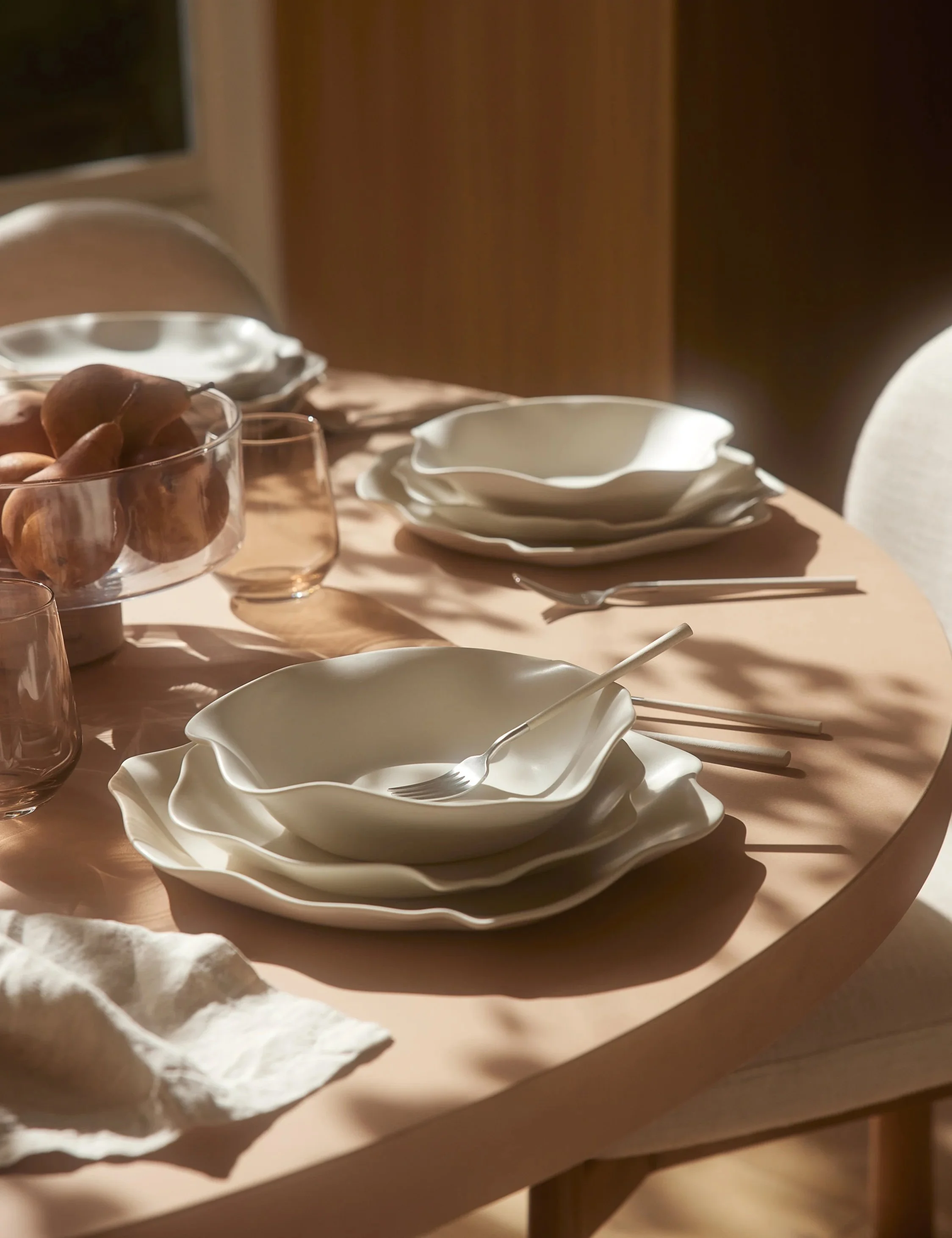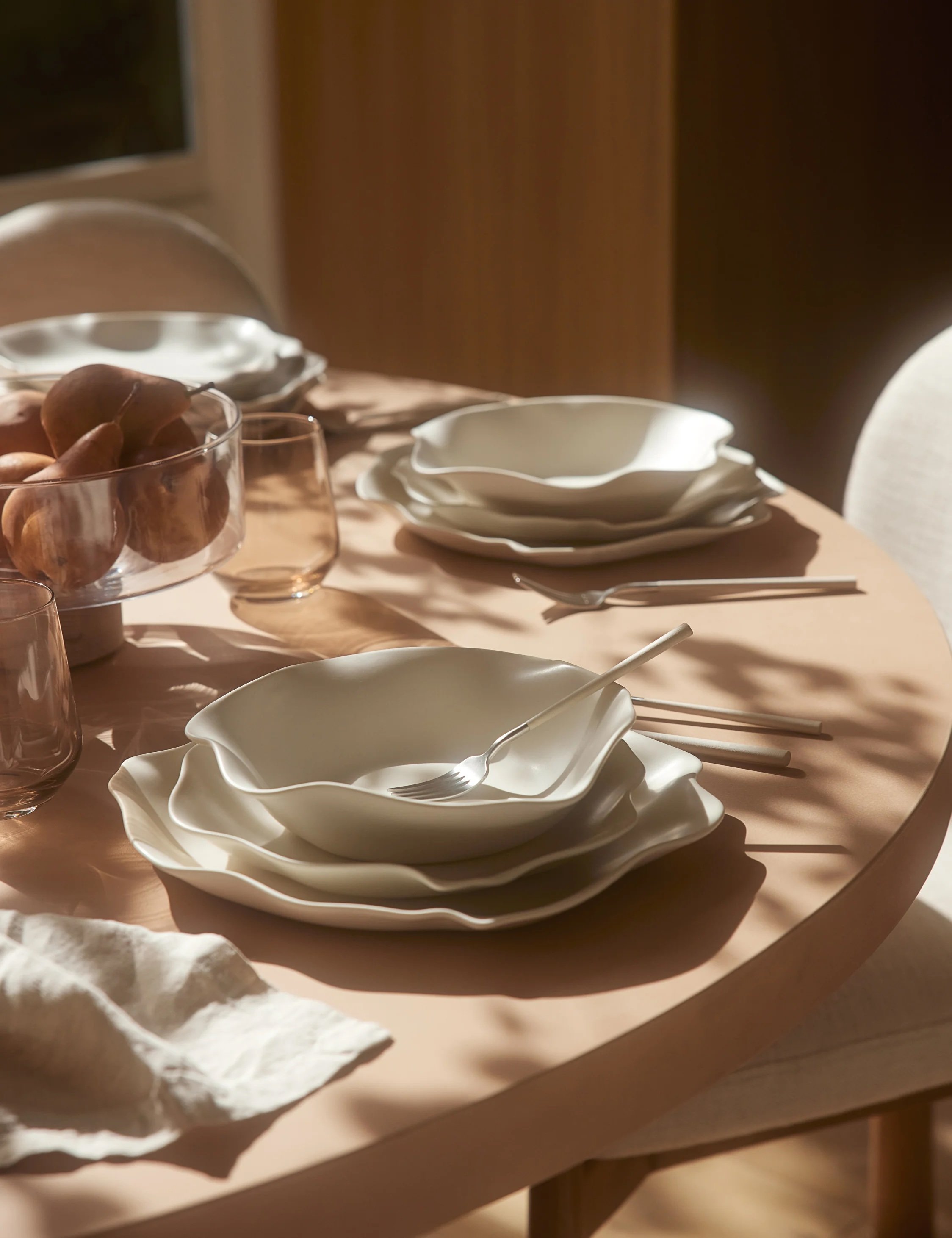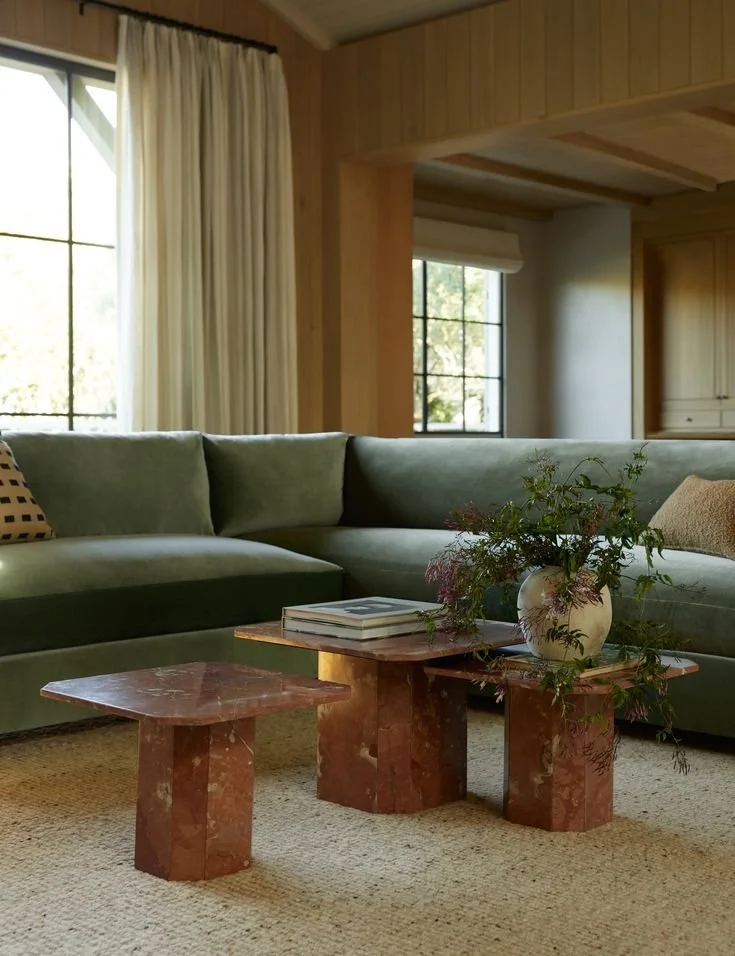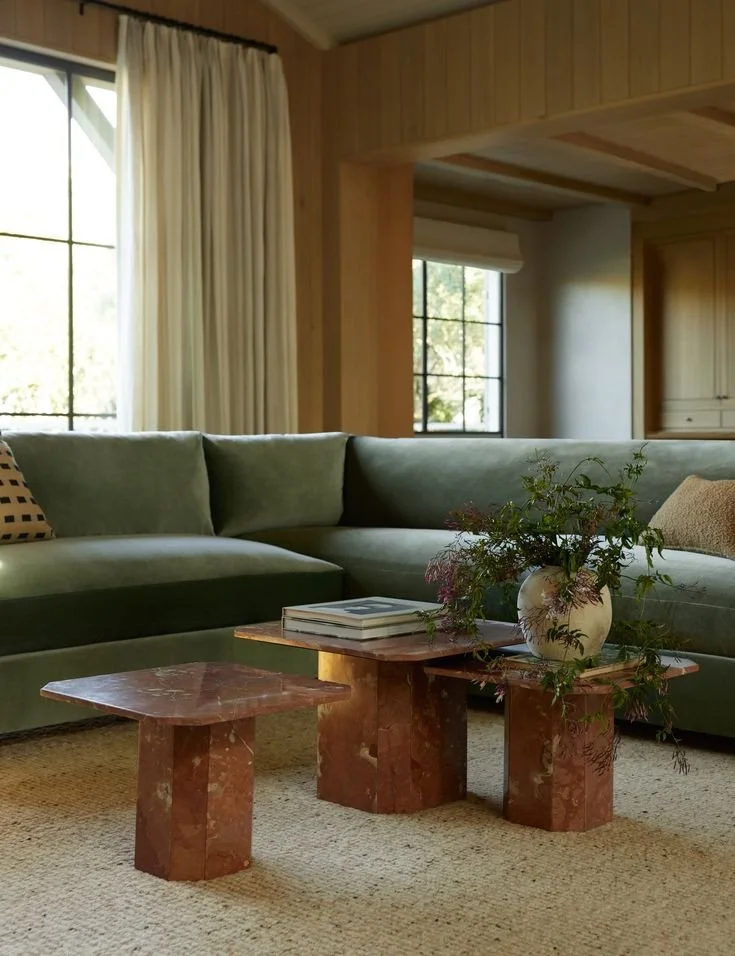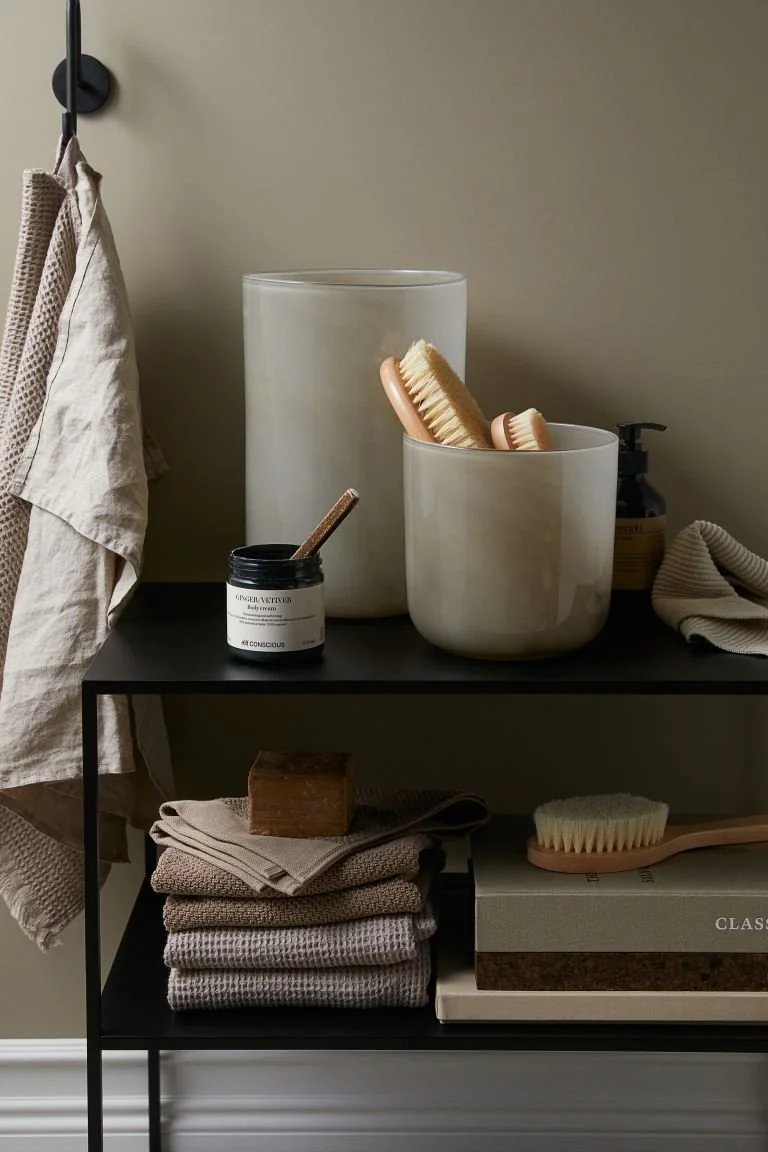Attics often remain overlooked in many homes, serving as mere storage spaces or sitting unused. But have you ever explored the potential these areas hold? Whether you need an extra bedroom, a quiet home office, or a cozy retreat, converting your attic can be the perfect solution.
However, in cities like Madison, WI, where winters are notoriously cold, creating a comfortable and livable attic space requires more than just creativity. It demands careful planning to ensure warmth, energy efficiency, and year-round comfort. In this article, we help you convert your attic into a space that meets your needs while dealing with harsh climates.
No. 1
Roof Repairs and Insulation
Before embarking on any attic conversion, it’s essential to address the condition of your roof. The roof is your immediate and first protection against the elements, and any minor damages can cause serious issues later.
In Madison, WI, where winters bring heavy snow and ice, ensuring that your roof is in top condition is crucial. Thoroughly inspect the roof. Can you see any leaks or structural weaknesses? Proper roof repairs will prevent moisture from seeping in, which could cause mold, mildew, or structural damage.
Furthermore, roof insulation is vital in such a cold climate. Insulation helps keep the attic warm during winter and cool during summer, improving the overall energy efficiency of your home.
Choose insulation materials that provide high thermal resistance (R-value) to effectively manage the temperature extremes. Hiring reliable Madison roofing contractors with experience in handling the city’s unique climate challenges will ensure that your roof is prepared for the demands of an attic conversion.
No. 2
Proper Insulation
Insulation is extremely necessary in order to create a warm space that is comfortable year-round. Without adequate insulation, your attic will be too cold to use during the winter months and could become unbearably hot in the summer.
There are several types of insulation to consider for your attic conversion. Fiberglass batt insulation is a common and cost-effective option, while spray foam insulation provides a higher R-value and better air sealing.
Reflective insulation can be used to reduce heat gain during summer, making it a versatile choice for attics. Regardless of the type you choose, make sure the insulation is installed properly to avoid any gaps that could lead to energy loss.
No. 3
Ventilation
Attics can become suffocating, but that’s not the only reason ventilation is important. Proper ventilation is essential for maintaining good air quality and preventing moisture buildup. Without adequate ventilation, warm air from your living space can rise into the attic, leading to condensation. This moisture can cause wood rot, mold, and other structural issues over time.
Installing ridge vents, soffit vents, or an attic fan can help maintain airflow, preventing heat buildup in the summer and moisture accumulation in the winter. These ventilation systems ensure that your attic remains a healthy and habitable space all year round. Proper ventilation will also enhance the effectiveness of your insulation, as it prevents the insulation from becoming damp and losing its thermal properties.
No. 4
Lighting and Electrical Work
Lighting is crucial in making your attic space welcoming and functional. Maximizing natural light is an excellent way to make the space feel larger and more inviting. Installing skylights or dormer windows can flood the attic with sunlight, reducing the need for artificial lighting during the day. However, in a place like Madison, where daylight hours might be shorter in winter, a well-planned electrical lighting system is necessary.
Recessed lighting is a popular choice for attics because it provides ample light without taking up space. Ensure that your electrical system can handle the additional load from new lighting, heating, and other electrical appliances. This often requires upgrading the existing wiring or adding new circuits.
Houzz
Make your home project a reality. Find inspiration, products and the pros to make it happen — all in one place
No. 5
Structural Modifications
Before diving into the design aspects of your attic conversion, it’s essential to assess and, if necessary, modify the structural elements of the attic. The structural integrity of your attic is the foundation of a successful conversion, especially in a climate like Madison, WI, where snow and ice can add significant weight to a home.
Start by evaluating the existing floor joists to ensure they can support the added weight of furniture, people, and any additional fixtures. In many cases, the floor may need reinforcement to handle the load safely.
Beyond the floor, consider the ceiling height and overall layout of the attic. Building codes typically require a minimum ceiling height for habitable spaces, and you may need to raise the roof or adjust the floor to meet these standards. A structural engineer or experienced contractor can help you determine the necessary modifications and ensure that your attic is safe and compliant with local building codes.
No. 6
Soundproofing
Soundproofing is often an overlooked aspect of attic conversions, but it plays a vital role in making the space comfortable. Without proper soundproofing, noise from the attic can easily disturb the rest of the house and vice versa. This is especially important if you plan to use the attic as a bedroom, home office, or media room.
There are several effective soundproofing techniques to consider. You can add insulation between the walls and floor, which can help dampen sound transmission. Acoustic panels or soundproof drywall are also excellent options for reducing noise. These soundproofing measures not only create a quieter environment but also add a layer of insulation, contributing to the overall comfort of the space.
No. 7
Plumbing Considerations
If you plan to include a bathroom or any other plumbing fixtures in your attic conversion, you’ll need to carefully consider the plumbing layout. Running water and drainage lines to an attic can be challenging, particularly in older homes where the existing plumbing system may not be easily accessible. It’s essential to plan the plumbing work early in the conversion process to avoid costly and complicated retrofits later on.
A licensed plumber with experience in attic conversions can help you design an efficient plumbing system that meets your needs while adhering to local codes.
Takeaways
An attic conversion can breathe new life into your home, offering a unique space that meets your specific needs—whether it’s a quiet retreat, a functional office, or an extra bedroom. By carefully considering each aspect of the conversion, from structural integrity to plumbing, you’re not just renovating; you’re reimagining how you live in your home. This project, while challenging, can be incredibly rewarding, offering both practical benefits and a sense of personal satisfaction as you turn an underused space into something truly valuable.
LOOKING For HOME RESOURCES?
Looking to enhance your living space and create a sanctuary that supports your well-being? Explore our home partners who offer a wide range of resources to elevate your home environment.
